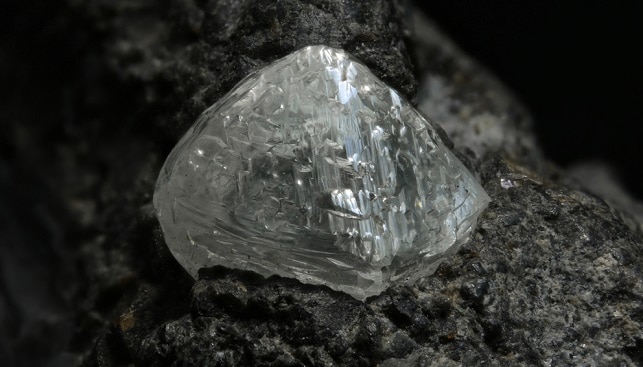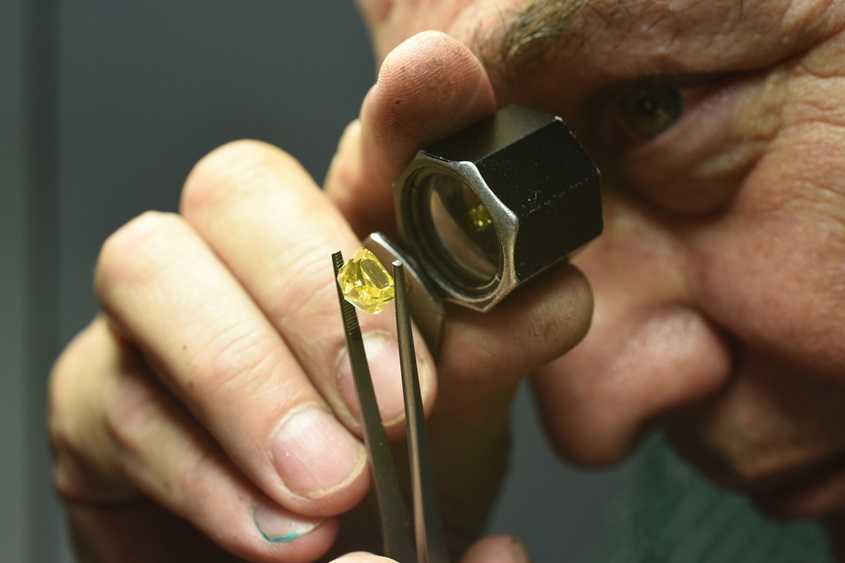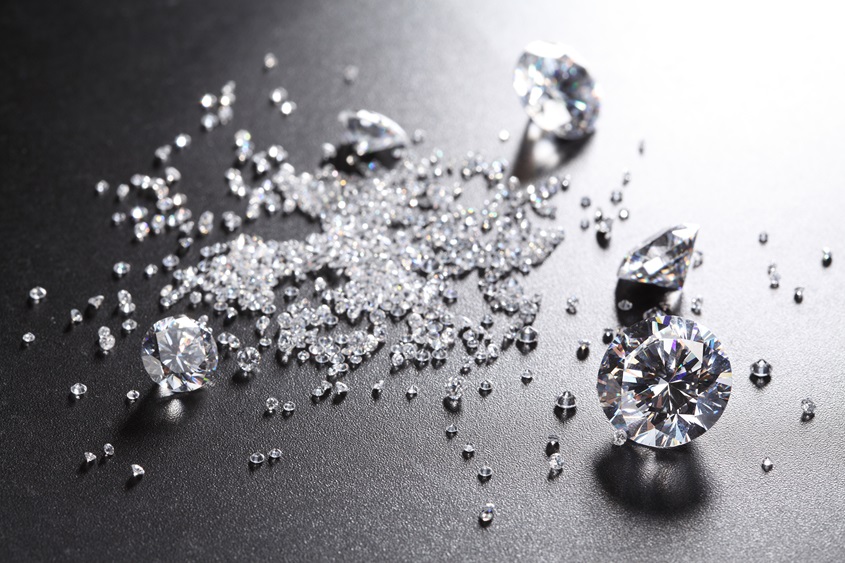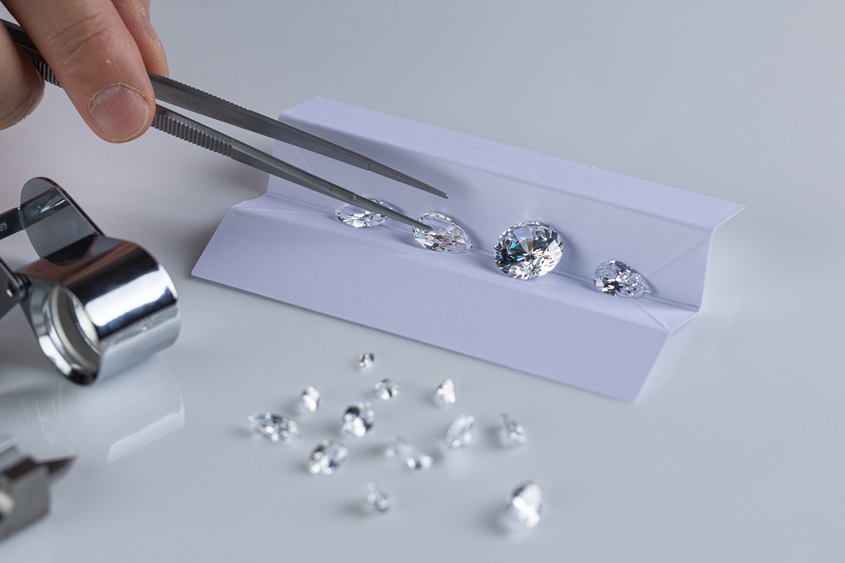Nicole Meyer, a PhD student in the Diamond Exploration Research and Training School at the University of Alberta in Canada, made a curious, buzz-generating discovery recently: While examining a diamond unearthed from a mine in South Africa, Meyer found an entirely new, never-before-found mineral hidden inside the stone. The team named the new mineral goldschmidtite, honoring Victor Moritz Goldschmidt, the founder of modern geochemistry.
New Dark Green Material
Meyer, along with a team of scientists from her department and a team of crystallographers from Northwestern University, were examining diamonds that came from the Koffiefontein pipe, a volcanic site in South Africa. As it is currently impossible to drill down through Earth’s crust to reach the mantle, scientists often rely on tiny mineral inclusions within diamonds to study Earth’s chemistry. Where no person can go, diamonds often come to the rescue.
This time, their efforts paid off in a big and unexpected way: In one diamond, Meyer and her team found a dark green mineral never found before.

According to Meyer, the discovery immediately raised their curiosity due to the mineral’s unusual chemical signature – an extraordinary signature for a mineral from the Earth’s mantle: “”Goldschmidtite has high concentrations of niobium, potassium and the rare earth elements lanthanum and cerium, whereas the rest of the mantle is dominated by other elements, such as magnesium and iron. For potassium and niobium to constitute a major proportion of this mineral, it must have formed under exceptional processes that concentrated these unusual elements”.
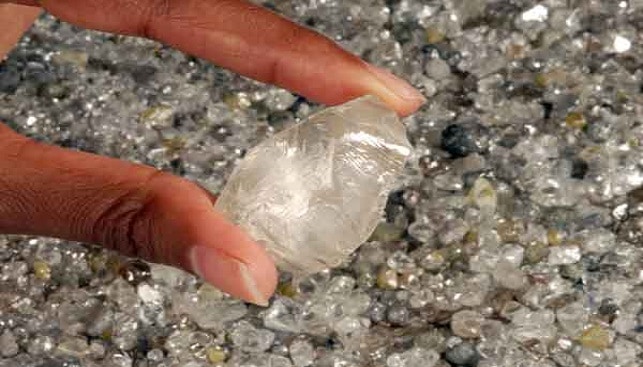
Meyer and her colleagues estimate that the mineral was forged about 170 kilometers underground at extreme temperatures reaching 1,200 Celsius. According to Graham Pearson, Meyer’s co-supervisor, Goldschmidtite is highly unusual for an inclusion captured by diamond, and gives scientists a valuable “snap-shot of fluid-processes that affect the deep roots of continents during diamond formation”, adding: “There have been several attempts to name new minerals after Goldschmidt, but previous ones have been discredited. This one is here to stay”.
Meyer’s and her team’s paper was recently published in American Mineralogist.

